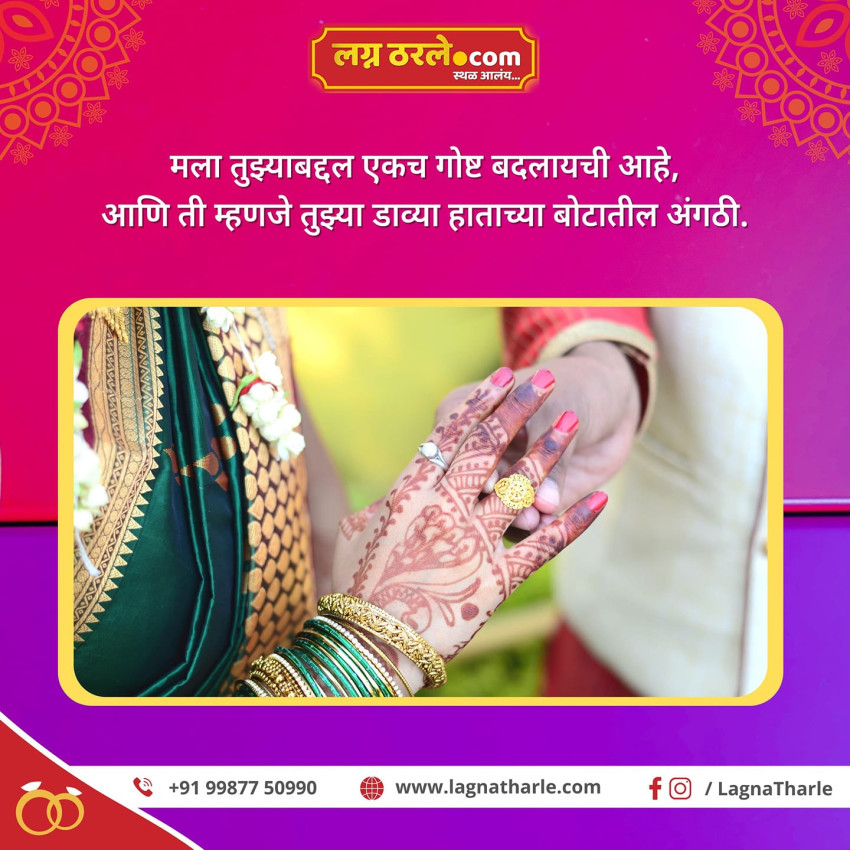
Just like any other religious wedding, Buddhist Matrimony gives more emphasis on the realization of the vows than following strict religious practices. Buddhist weddings are free from show-off; in their religion, wedding is not considered the path to Salvation. They do not have to follow any set of strict ritualistic guidelines.
In their religion marriage is considered to be a personal choice rather than some religious duty. Buddhist families enjoy their full freedom when it comes to deciding what sort of wedding ceremony they want to prefer. Moreover, the inclusion of Lamas or Monks is not mandatory in their wedding but the legal registration of the marriage is given more importance.
Many Buddhists prefer a boudha matrimony where the ceremony is performed in front of the photos of B.R. Ambedkar and Lord Buddha.
As we are talking about Buddhist Matrimony, let us take a look at the wedding rituals involved in the ceremony.
MATCH-MAKING
The first step of any marriage is the match-making process where a suitable life partner is selected by the elders of the families for the bride or groom. As of now, mostly the selection of a suitable life partner is done by the bride or groom but still, some of the age-old traditions are followed in the wedding process.
The proposal is still expected to come from the groom’s family. Buddhist weddings also give importance to the matching of the horoscopes. Once the horoscopes match, the main preparation for the wedding begins.
KHACHANG
Khachang is known as the formal visit to the bride’s family with a proposal. In this ritual, a friend from the groom’s family visits the chosen bride’s family with a bottle of wine and a white scarf known as ‘khada’. If the bride’s family accepts those gifts then only both of the families will proceed with the matching of the horoscopes.
NANGCHANG
After matching the horoscopes, both families decide on a date to initiate the formal engagement between the bride and groom. Nangchang refers to that formal engagement ceremony. The ceremony is solemnized with the presence of a Monk.
Just like any other engagement ceremony, gifts are exchanged between both families and after the engagement, the couple lives together in the bride’s house.
WEDDING ATTIRE
In the Buddhist religion, there are no specifications regarding the dress code chosen for the bride or groom.
The bride wears a dress known as the ‘bhaku’. It is made with brocade and resembles a full-length sarong. Usually, the bride pairs it with a long-sleeved blouse. She will also wear a special jacket and scarf and accessorize herself with jewellery.
The groom will also wear a bhaku but it should reach up to his ankles. He will pair it with a waistcoat, a cap with matching brocade, and a sash around his waist.
WEDDING
Buddhist weddings are small as they will only include the closest friends and relatives from both families. The wedding is divided into two parts – religious and social.
The religious ceremony is held early in the morning when the bride and groom and their families visit the temple, carrying trays with various food items and jewellery for the bride.
In the social ceremony, the marriage is solemnized away from the temples where both families gather, and enjoy a feast along with the exchange of gifts.
Nowadays where most Indian weddings have become the game of show-off, Buddhists celebrate weddings as they should be, within a close range of friends and families.





